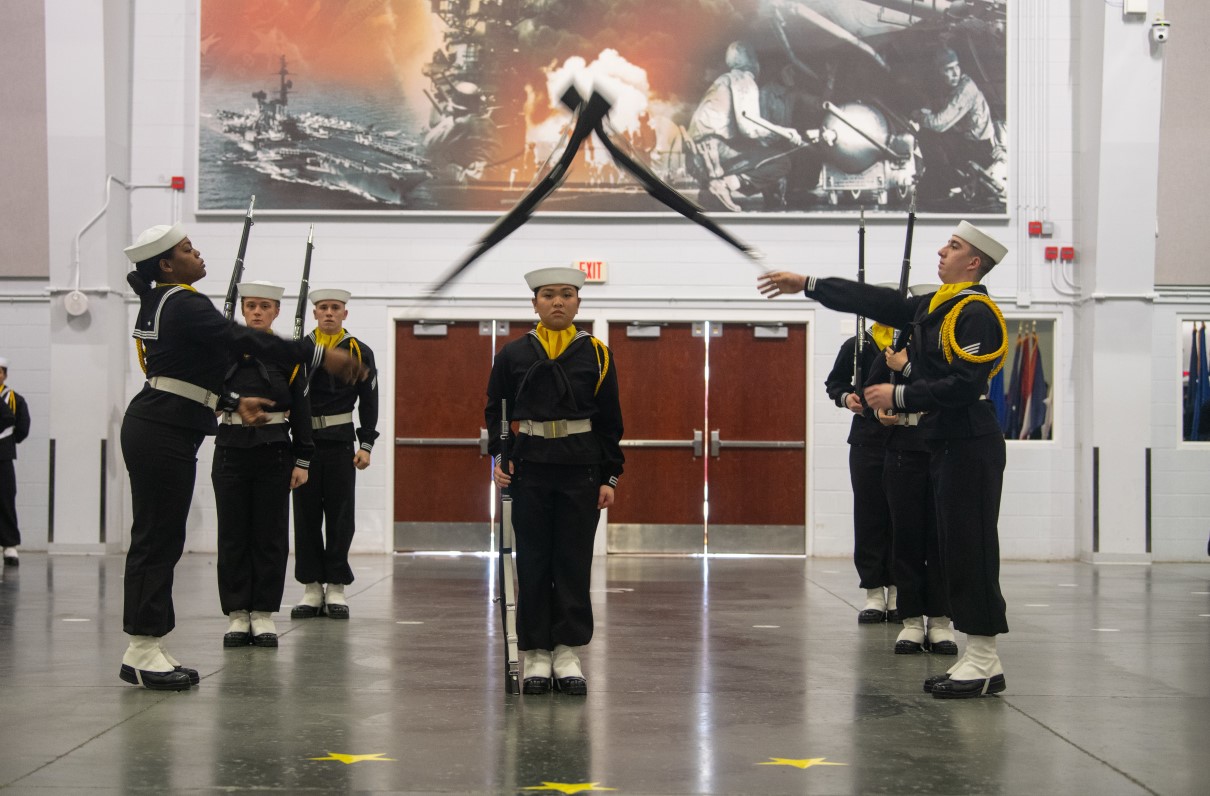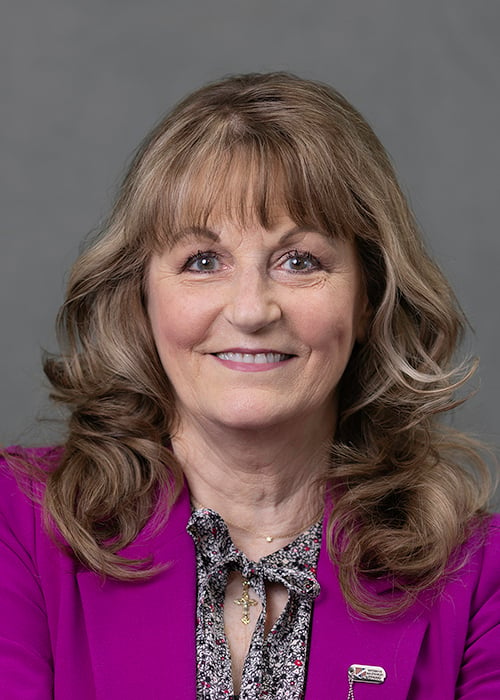From rebuilding the military’s brand awareness to enacting commonsense quality-of-life reforms, DoD officials brought a series of ideas to Capitol Hill on March 15 as part of a Senate Armed Services Personnel Subcommittee hearing on the president’s FY 2024 budget.
Hearing participants addressed the personnel programs making up a portion of the $842 billion requested for defense programs – $26 billion more than FY 2023 and nearly $100 billion more than FY 2022.
Much of the hearing centered around military recruiting and the need for strengthening messaging of the value of military service across the country to more effectively recruit and retain a strong, ready, all-volunteer force for today and the future.
[RELATED: Top Enlisted Leaders Agree on Need to Change Perception of Military Service]
Sen. Elizabeth Warren (D-Mass.), the subcommittee chair, wanted to learn about how young people are welcomed into the military, how families are supported, and how the military contributes to local communities. Sen. Rick Scott (R-Fla.), the panel’s ranking member, was particularly interested in the disconnect between recruiting struggles and retention successes and what can be done to help bridge that gap. He charged DoD to be a better advocate for the many benefits that come with military service, such as a lower unemployment rate and higher home ownership rate for veterans, along with educational advantages.
Share Your Story
Do you have a personal story you want to share about the value of service in your life or why it should be important to all Americans? Please share so MOAA can help Congress and the uniformed services strengthen their relationship with the American people for a stronger all-volunteer force.
MOAA is grateful for the candid discussion and viewpoints on the all-volunteer force and military recruiting challenges surfacing from the hearing. We are committed to this Congress raising awareness of the value of service in uniform and the need to support the all-volunteer force in this year’s Advocacy in Action Campaign. Some details from Pentagon officials testifying before the subcommittee:
DoD: Marketing Matters
In his opening statement to the subcommittee, Under Secretary of Defense for Personnel and Readiness Gilbert Cisneros Jr. mentioned this year represents not only the 50th anniversary of the all-volunteer force, but also the 75th anniversary of President Harry Truman’s integration of the force.
“The pandemic, economic pressures, and operational tempo has forced a renewed effort to change military culture and concentration on training and caring for people,” Cisneros said. “DoD’s budget proposes a 5.2% raise for both military and civilians as a critical step toward recruiting and retaining the force.”
Cisneros talked about a comprehensive outreach strategy DoD is developing along with the Peace Corps and the Selective Service to promote the importance of public service across the country. To do so, he urged Congress to join DoD in supporting the initiative to include funding of $40 million for a joint marketing campaign.
This campaign would target young Americans, only 15% of whom even know someone in the military or the benefits associated with service, as well as influencers (parents, teachers, etc.) to spread the word about the benefits of military service. The goal would be to build the military brand and reduce the military-civilian divide.
Army: Make It Easier to Serve
The Army’s retention numbers are historically high, Assistant Secretary of the Army for Manpower and Reserve Affairs Agnes Schaefer told Senators. The Army’s best recruiting tool is someone in uniform walking the streets and talking about their experiences, but you don’t see this in some parts of the country where there are huge knowledge and cultural gaps.
Bringing in her former research experience at the RAND Corp., Schaefer said she keeps hearing from servicemembers that ‘it’s too hard to serve.’” The Army needs to modernize its personnel systems to eliminate annoying things which prevent servicemembers from wanting to stay in uniform, she added.
Navy: ‘See Value in Serving’
“Our people are our greatest strength,” stated Assistant Secretary of the Navy for Manpower and Reserve Affairs Franklin Parker. “Because it is an all-volunteer force, the Navy must ensure all elements of society see value in serving.”
Parker and other speakers echoed sentiments expressed in a separate hearing by Sgt. Maj. of the Marine Corps Troy E. Black: “Without a propensity to serve, we will see a challenge for the all-volunteer force.”
The Navy is focused on getting back into schools post-pandemic and is working with the Department of Education and with principals who have restricted access in their schools, Parker said.
Air Force: Missing Recruiting Goals
The Air Force wants airmen to know it is doing everything possible to care for and support their loved ones, including making sure they have competitive compensation, housing and education benefits, and quality health care.
However, Assistant Secretary of the Air Force for Manpower and Reserve Affairs Alex Wagner acknowledged the service would miss its active component recruiting goals for the first time since 1999.
“The biggest factor is the drop in propensity to serve, which is the lowest seen in decades,” Wagner told the subcommittee.
In 1995, 40% of Americans had a parent who served, Wagner said, compared to less than 13% today. Varying factors contribute to service recruiting challenges, such as low unemployment, strong private sector wage growth, and the lack of access to high schools during the pandemic. Wagner also cited the growing divide between those who serve and those they protect, and asked Congress to help rebuild that relationship.
The Space Force needs to manage talent differently than the rest of the services, Wagner said, pulling a smaller amount of individuals and recruiting many cyber-professionals from private industry. The department has a legislative proposal to provide more permeability between full- and part-time service for guardians. The Space Force intends to spend $12 million to promote its brand in the public sector.
[RELATED: Air Force Will Likely Miss Recruiting Goals, Service Secretary Says]
MOAA’s Position
The all-volunteer force is our national strategic advantage. Maintaining such a capability requires protecting the quality of life for our uniformed community.
Deliberate steps like improving physical fitness and health programs in our education system will help increase the pool of eligibles over time, while investing in uniformed community housing, health care, child care, food insecurity prevention, and improved facilities and services will make a meaningful difference to those already in service.
Visit MOAA’s Advocacy in Action page in the coming weeks for more details on supporting the all-volunteer force, including how you can make your voice heard.
MOAA Looks Out For You
MOAA is committed to protecting the rights of servicemembers and their families. Lend your voice and support these efforts today. Because the larger our voice is, the greater our impact will be.

